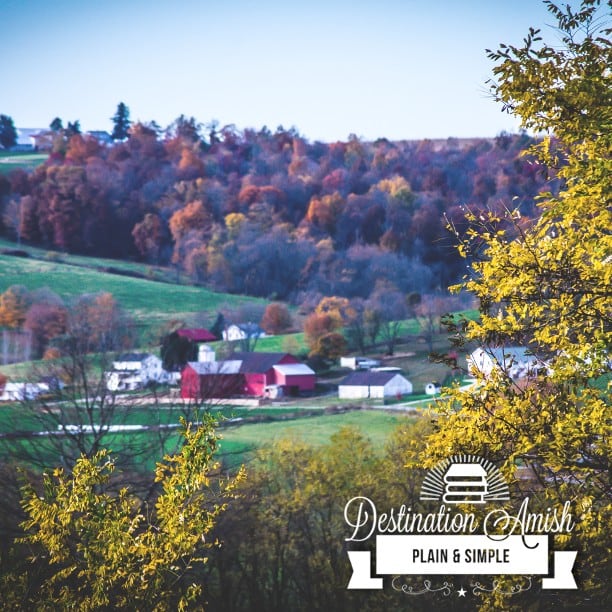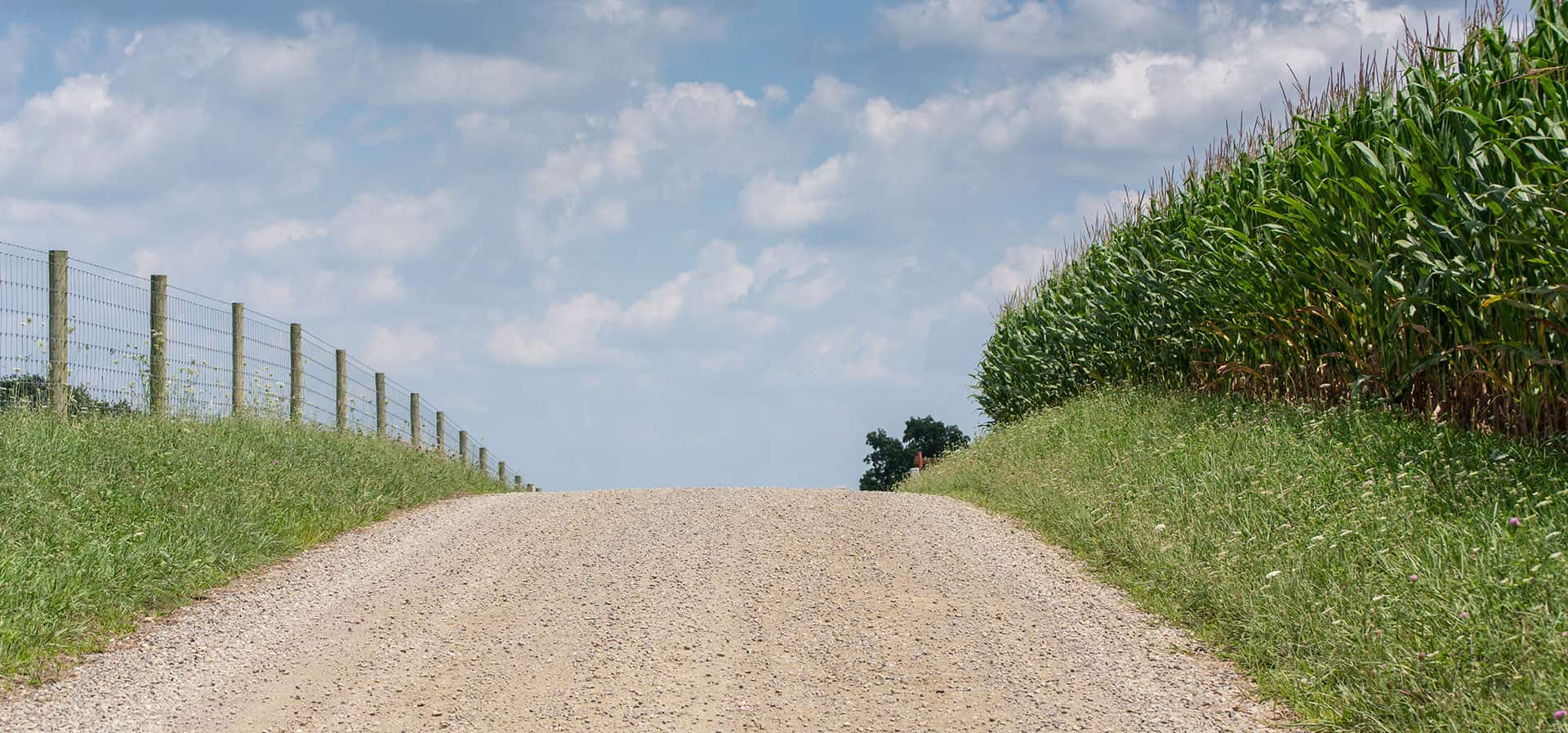The savvy readers who follow this blog know that not all Amish groups are the same and that they are not to be mistaken for the Mennonites. There are about forty different Amish affiliations, from the largest and most familiar in Lancaster County, Pennsylvania, to groups that have only a few churches.
But how did they get to be so different? Stephen M. Nolt, in A History of the Amish, gives a brief overview with an element that surprised me.

By the mid-nineteenth century, there were two main branches of the Amish tree—the Old Order Amish, who held firmly to traditions, and the Amish Mennonites, who were more open-minded when it came to change though still quite conservative.
Amish ministers from both groups began to hold national meetings to consult with each other, learn how various districts were handling issues that arose, and find some commonality of purpose. Significant numbers of lay members also attended because it was a good opportunity to hear sermons given by a variety of ministers. I’ve represented my local church at a denomination’s annual conference a couple of times, so I imagine the meetings were something like that—a great time to see the people you belong to.
The Amish did not think of themselves as a denomination. Gradually, however, the yearly meetings became more formal, and rules developed for how the meetings would be conducted and whether the decisions made were binding from year to year and group to group. The main issues were whether concers that arose should be handled according to rules or according to circumstances. Would the same procedures apply everywhere? Or did each situation have its own considerations? (Sounds like a business meeting to me.) The Old Order and the Amish Mennonites had slightly different views on these matters.
This period of American history was full of developing bureaucracy and institutions to respond to burgeoning commerce and escalating social issues, such as immigration, industry, urbanization, and caring for the poor. The same process showed up in church groups. In the late nineteenth and early twentieth centuries, denominations established publications, educational institutions, mission boards, hospitals, national offices, and other expressions of their work that had not existed previously. In that way, they were parallel to the organized changes in other parts of the culture.
Although the Amish have always obeyed their calling to live “plain” and “apart” from the general culture, it seemed that some of the more modern approaches around them influenced the Amish Mennonite branch. While the Old Order continued to support traditional ways, including independence of church congregations and districts, the Amish Mennonites were more open to organizing themselves in a wider way, establishing structures, and associating with other groups, such as the main “Old” Mennonites from whom the Amish had once separated.
The Old Order Amish continued to divide in the early twentieth century (I wrote about the Beachy Amish division in Meek and Mild). At the same time, several of the Amish Mennonite conferences eventually merged into the Old Mennonites or the General Conference Mennonites.
So it seems that the general culture of “institutionalizing” influenced Amish history—perhaps more than the plain people realized at the time. And maybe the lesson for all of us is to glean the best of those around us while also offering the best of ourselves.
Olivia Newport writes historical Amish novels, including the Valley of Choice trilogy and the ongoing Amish Turns of Times series. Her latest release is Brightest and Best. Hope in the Land will release April 2016.

